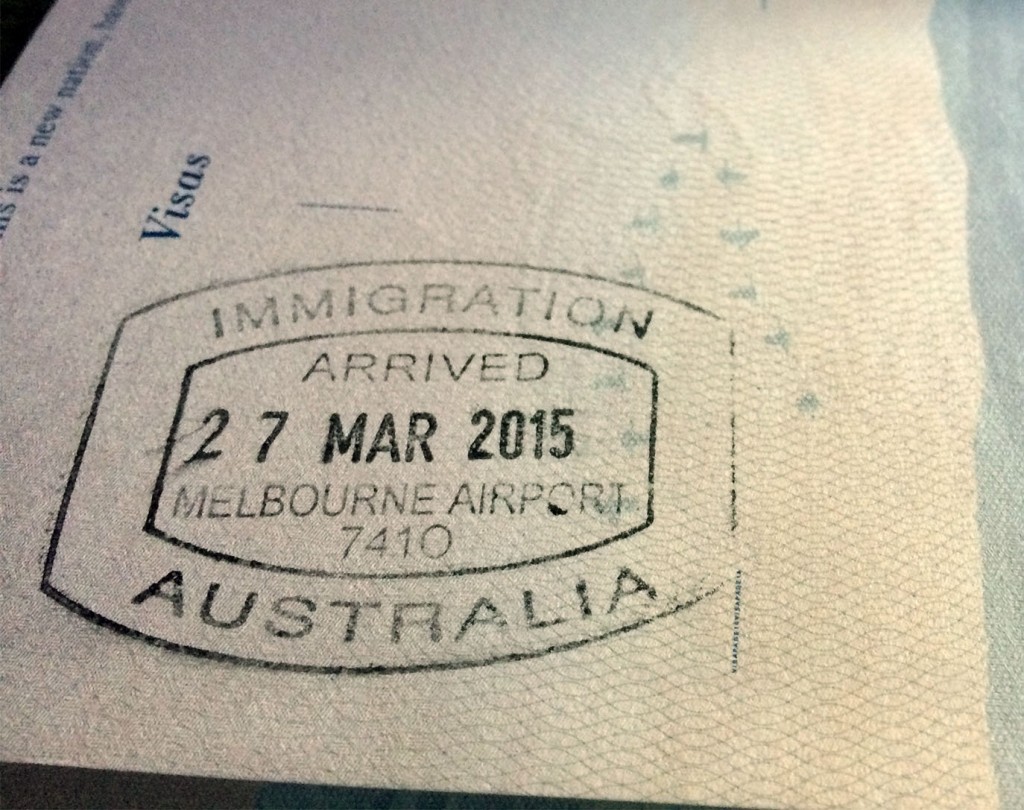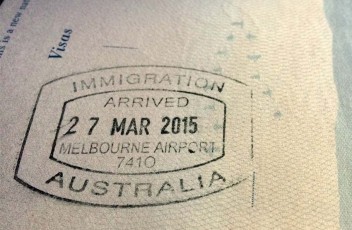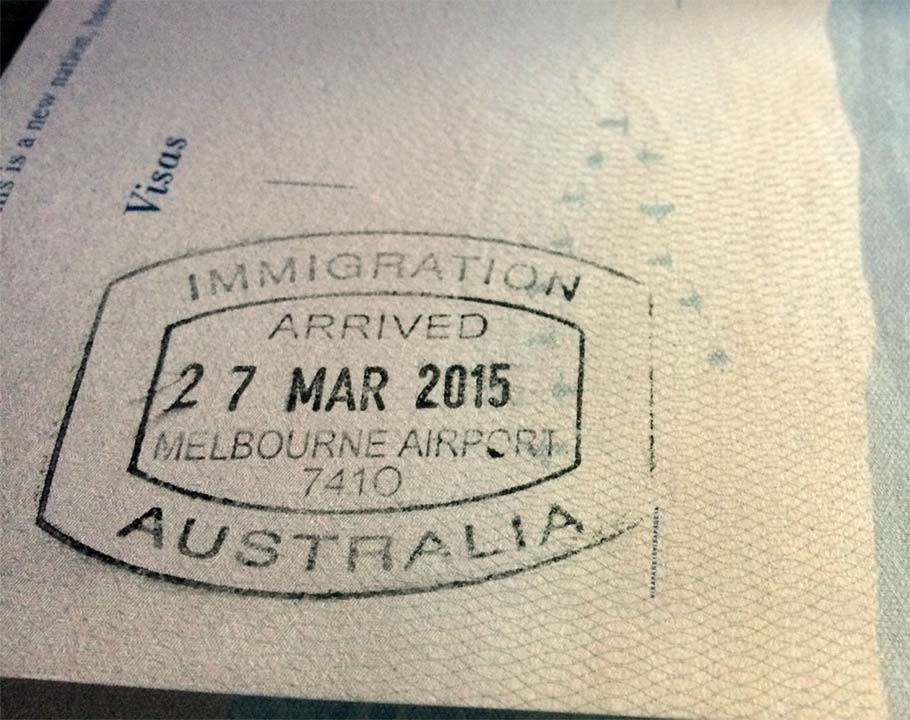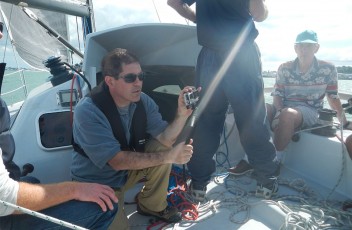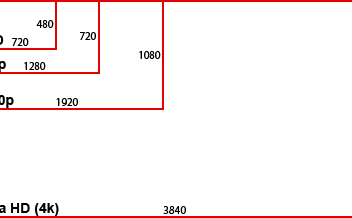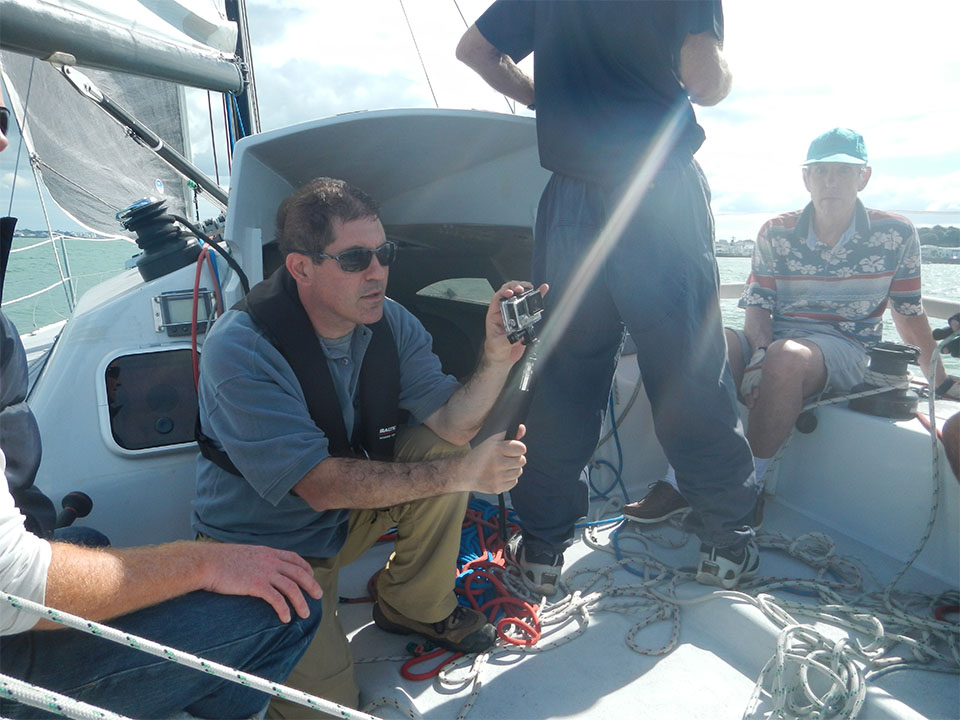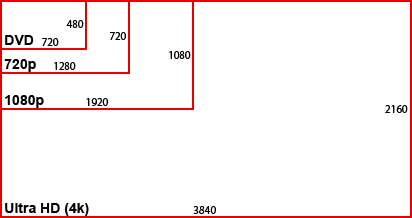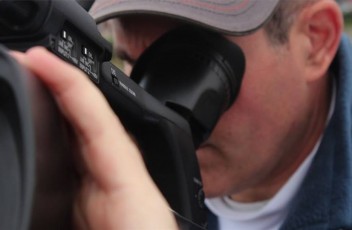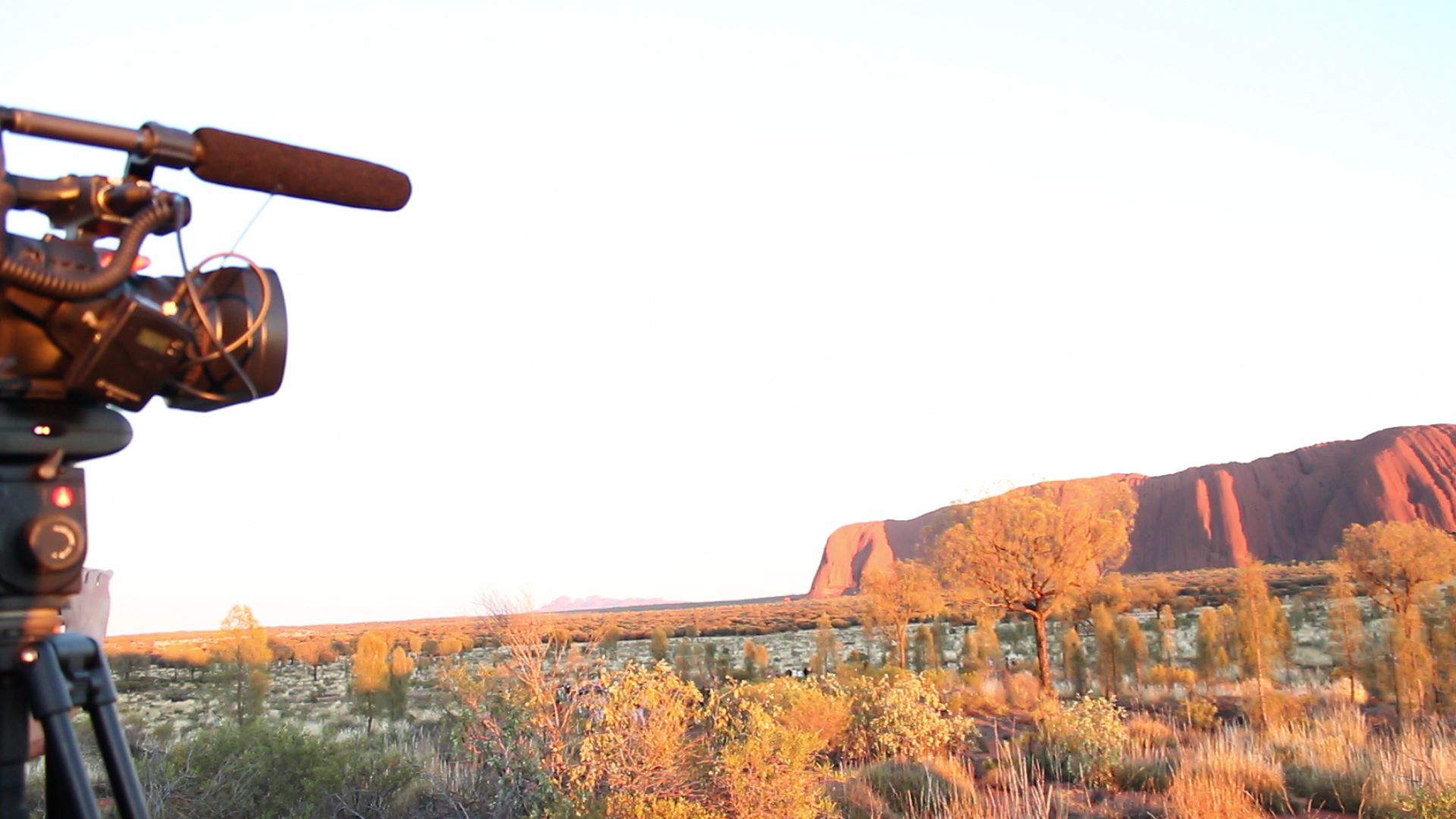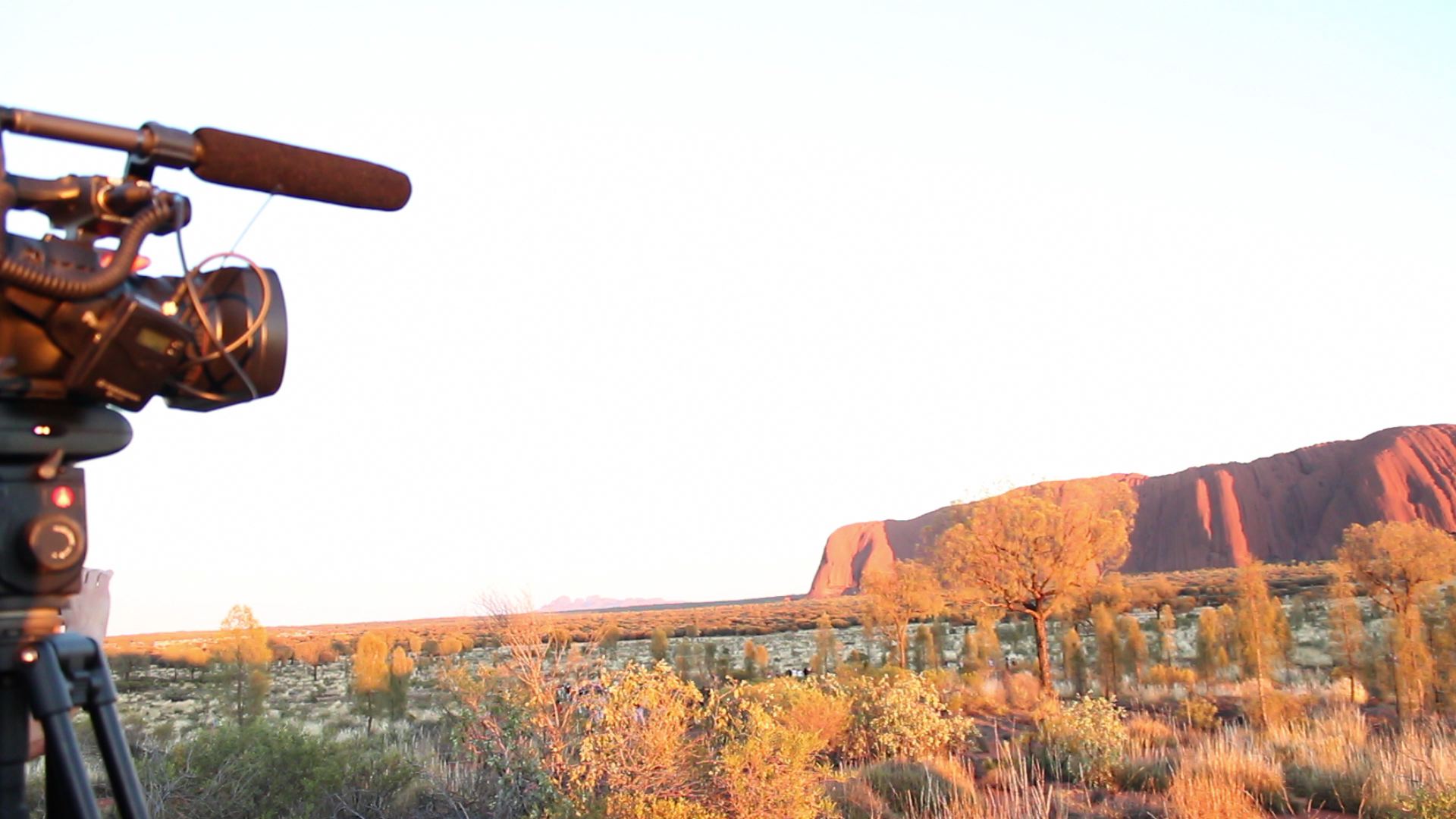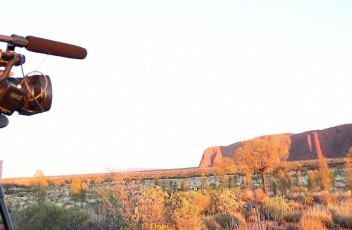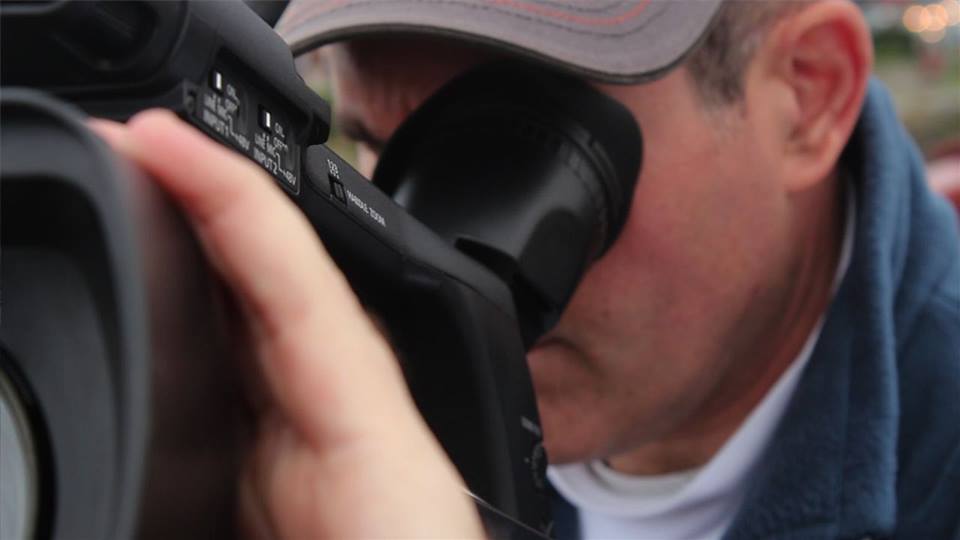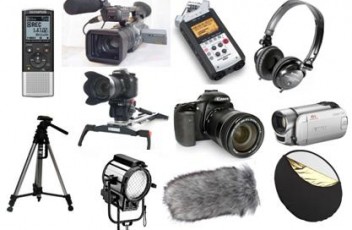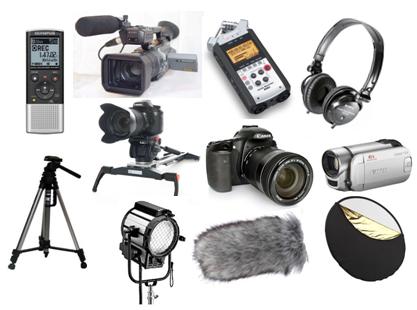Creating a road trip soundtrack that makes everyone in the car happy must seem like the fool’s gold of the road trip treasure hunt. I’m here to tell you how I found the measure map. As Edgar Allen Poe might have did, it was hidden in plain sight.
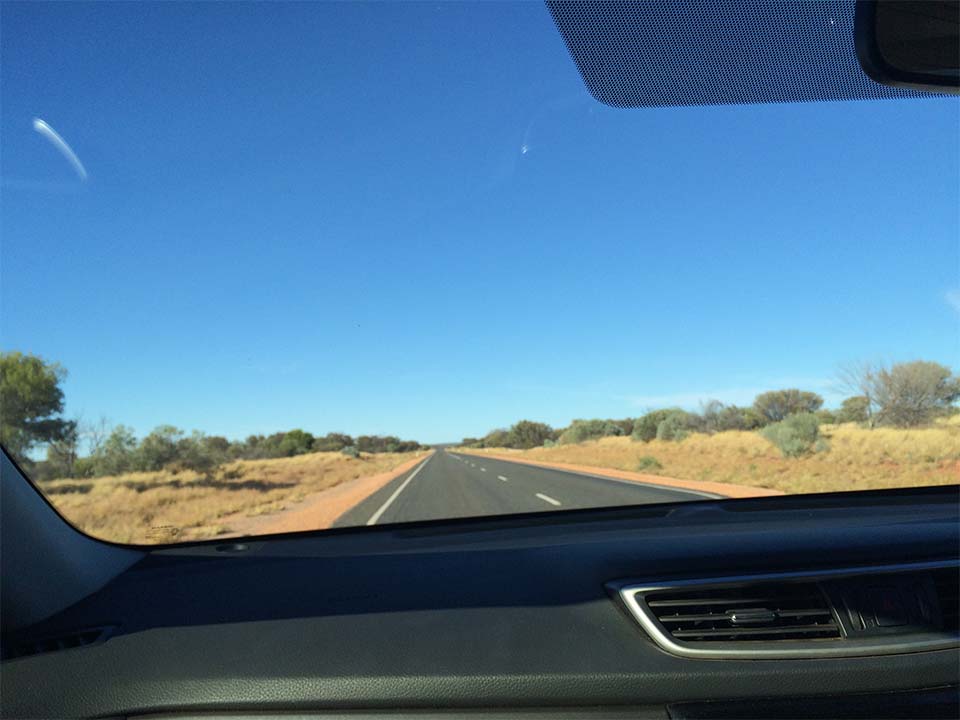
The Great American Road Trip is part myth, part tradition, part legend. Woven into the fabric of our nation the road trip serves a multitude of purposes and can be inspired by any number of events. It can be as simple as a family vacation or Continue reading “Road Trip Soundtrack solutions: Keeping The Whole Car Happy”
